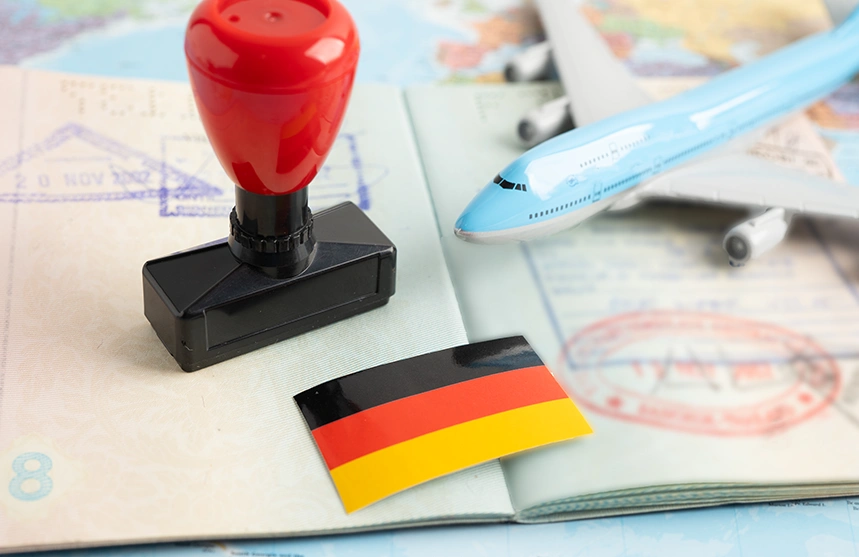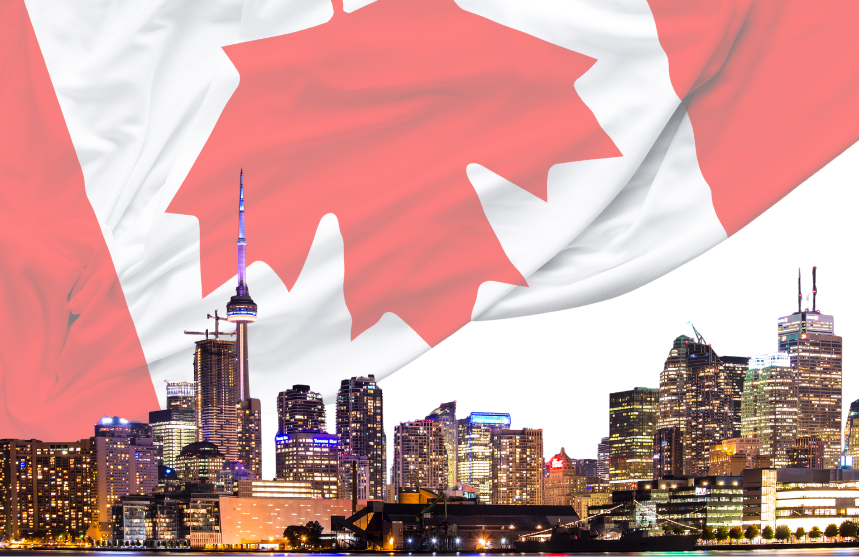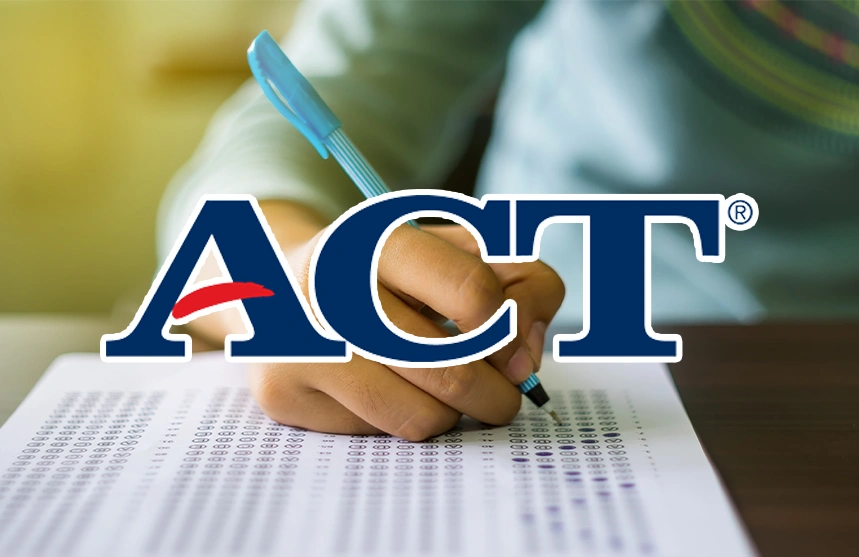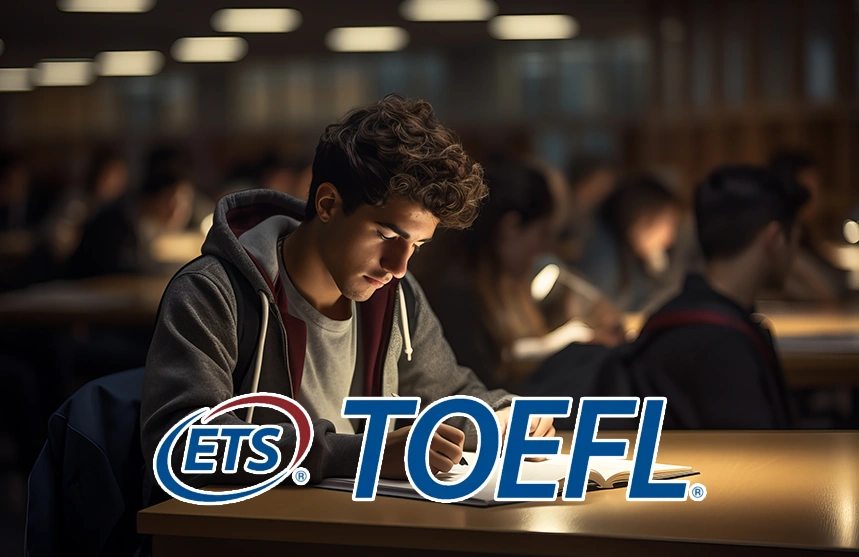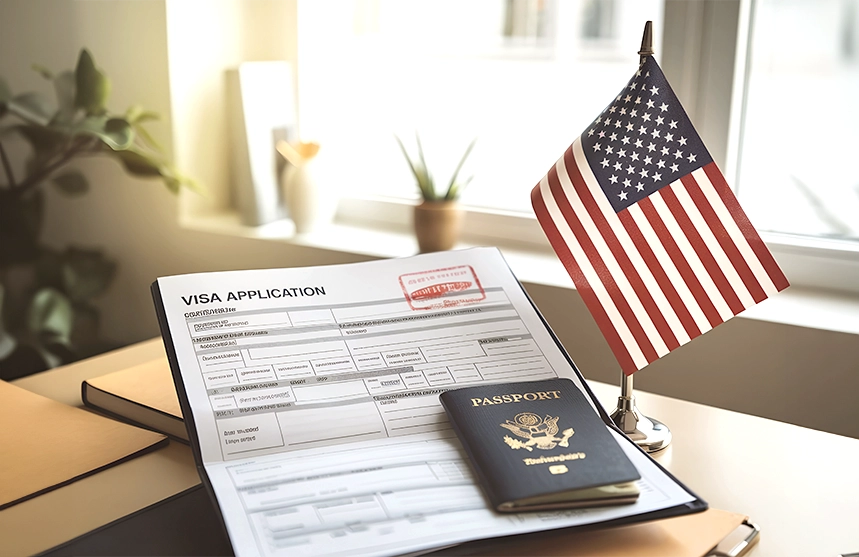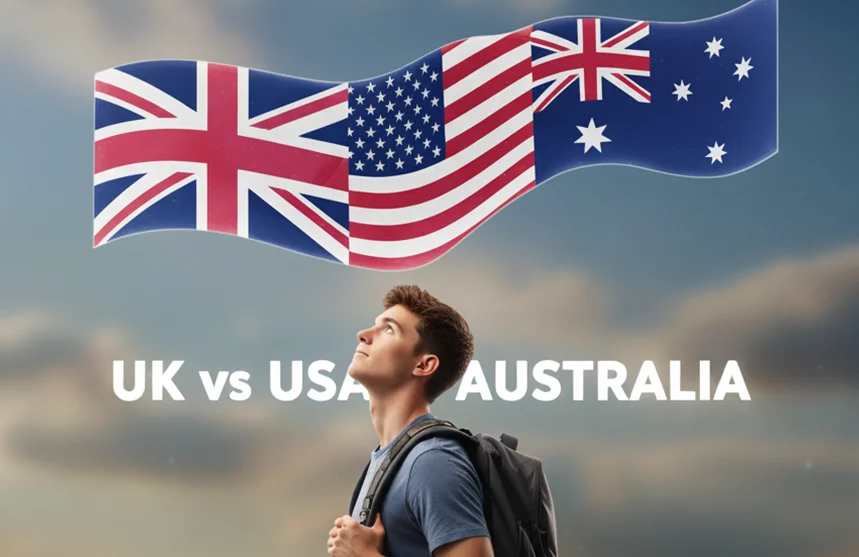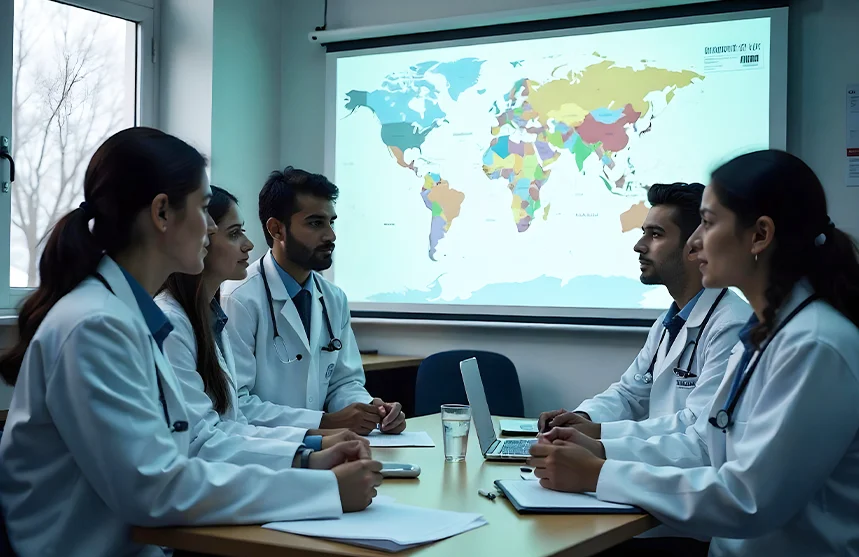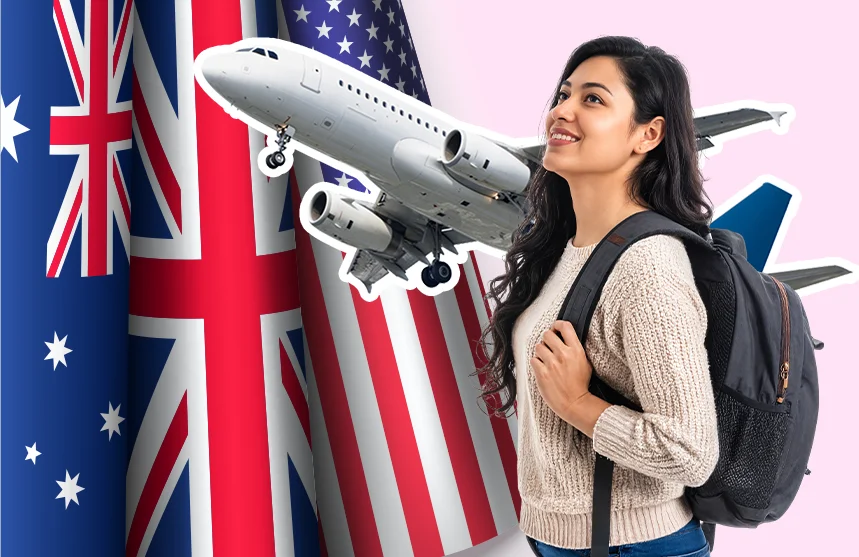Best Courses After 12th for Abroad Study: Your Ultimate Guide
International Student Visa Guide 2025: Process, Requirements, and Tips
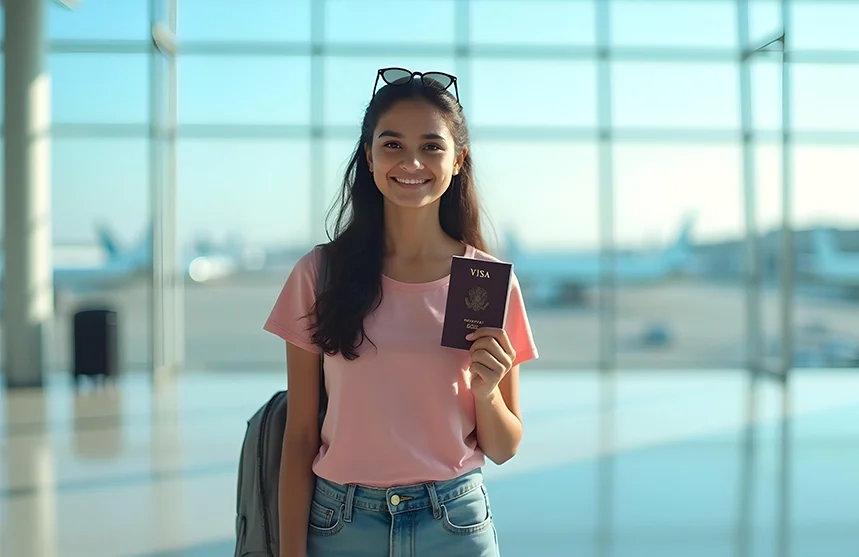
The idea of studying abroad is no longer a distant dream in today’s globalised world. Instead, it has become a courageous and life-altering decision that thousands of students make every year to broaden their perspectives, build international careers, and immerse themselves in multicultural environments. Whether it’s gaining admission into a Top UK University, an Ivy League College in the US, or a prestigious research institute in Germany, one document stands between you and your study abroad dream, the international student visa.
This visa is not merely a travel document. It is your personal authorisation to live and study in a foreign country legally. It determines your duration of stay, your eligibility to work part-time, and whether you can extend your stay for further studies or apply for a post-study work visa.
Here’s the catch: every country has a unique set of rules, processing timelines, and visa criteria. Add to that ever-evolving immigration policies, and even a simple mistake in your application can lead to delays or worse, outright rejection.
So how can you ensure your Student Visa Journey is smooth and successful?
This is your 2025 guide to everything you need to know about applying for an International Student Visa, from understanding the types of visas and application timelines to gathering required documents, clearing interviews, avoiding rejections, and even securing scholarships to strengthen your application.
What is a Student Visa?
A student visa is an official authorisation issued by a country’s immigration authority that allows international students to pursue academic courses at approved institutions. It enables students to enter and stay in the country legally for the duration of their studies.
Student visas typically come with specific conditions, such as limited working hours, full-time enrolment requirements, and the possibility of renewal depending on academic progress and future plans.
When Should I Apply for a Student Visa?
As soon as you receive your offer letter or Confirmation of Enrollment (COE) from your chosen university, you should begin your Student Visa Application. Visa processing times differ by country, but applying at least 3–6 months before your course start date is strongly recommended.
Early applications allow you sufficient time to collect documents, schedule interviews or biometric appointments if needed, and resolve any issues raised by the embassy.
What Type of Visa Do I Need?
Choosing the right student visa is one of the most important aspects of your study abroad process. Each country offers different categories of visas based on the level of education, duration of the programme, and the type of institution you’re enrolling in. Applying under the wrong category can lead to rejection or wasted time.
Here’s a breakdown of major countries and their student visa types:
United States
F-1 Visa: The most common US student visa for academic programs such as undergraduate, postgraduate, or doctoral studies at accredited institutions. Students are also allowed to work on-campus for up to 20 hours/week during their studies.
M-1 Visa: For students enrolled in vocational or non-academic programs like culinary arts, technical training, or mechanic-related courses. M-1 visa holders are not permitted to work during their studies.
Tip: The F-1 visa is essential if you plan to pursue Optional Practical Training (OPT) or post-study work in the U.S.
United Kingdom
The Student Visa Route applies to students aged 16 and above who have received an offer from a licensed student sponsor (i.e., a recognised UK university or institution). It covers undergraduate, postgraduate, foundation, and English language courses.
This visa allows students to work part-time (up to 20 hours/week) and apply for the Graduate Route, which permits a 2-year post-study work visa (3 years for PhD graduates).
Tip: Ensure your institution holds a valid Student Sponsor License before you apply.
Canada
Canada issues a Study Permit instead of a traditional visa. It authorises international students to live and study in Canada for any program longer than 6 months. You’ll also receive either a Temporary Resident Visa (TRV) or an Electronic Travel Authorization (eTA) to enter the country.
Students enrolled in Designated Learning Institutions (DLIs) are eligible to apply for a Post-Graduation Work Permit (PGWP) upon course completion.
Tip: Apply via the Student Direct Stream (SDS) for faster visa processing if you’re from an eligible country like India.
Germany
To pursue long-term academic programs like bachelor’s, master’s, or doctoral degrees in Germany, international students must apply for a National Visa (Type D).
After arriving, you’ll need to convert your visa into a residence permit at the local Foreigners’ Office. Students can work 120 full days or 240 half days per year.
Tip: A blocked bank account (around €11,208/year) is typically required as proof of financial resources.
New Zealand
This visa is for international students enrolled in full-time courses at recognised New Zealand universities, polytechnics, or institutes. It allows up to 4 years of study, part-time work, and post-study work visa eligibility.
Tip: Make sure your program and institution are approved by the New Zealand Qualifications Authority (NZQA).
France
France issues a VLS-TS (Visa de long séjour valant titre de séjour) for higher education programs exceeding 90 days. It serves as both a visa and residence permit and must be validated online upon arrival.
Students are allowed to work part-time during their studies.
Tip: Knowledge of French and applying to public universities can increase your visa approval chances and reduce tuition costs.
Documents Required for Student Visa Application
While requirements vary by country, most student visa applications include:

What is the Process for Applying for a Student Visa?
Here’s a simplified step-by-step process:
Step 1: Secure admission and receive your university offer letter or COE.
Step 2: Gather and prepare all required documents.
Step 3: Apply online/offline through the embassy, consulate, or official visa portal.
Step 4: Pay the visa fee (ranges from $100–$500).
Step 5: Schedule a biometric appointment (if needed).
Step 6: Attend a visa interview (if required).
Step 7: Wait for the visa decision (typically 1 week to 3 months).
Step 8: Receive your visa stamp or e-visa upon approval.
Requirements for Visa Extension
You may need to extend your visa if your course gets extended or you take up further studies. Common requirements include:
- Updated enrolment confirmation
- Proof of academic progress
- Financial documents
- Valid passport
- Extension application and fee
- Updated health insurance
- Local residence proof
Student Visa Interview Process
For many countries, the visa interview is a crucial step. It allows the visa officer to assess your credibility as a student, financial stability, and intentions to return after graduation.
You’ll be asked about:
- Your academic goals and choice of course/university
- Who is funding your education?
- Your future plans after completing the course
- Knowledge of the city/institution you’re going to
Tips to Ace Your Student Visa Interview
Be confident, but not arrogant: Speak, maintain eye contact, and stay calm.
Know your application inside-out: Be thorough with your course details, university profile, financial proof, and career plans.
Practice mock interviews: Prepare with a friend, mentor, or counsellor to fine-tune your answers and body language.
Avoid scripted responses: Be genuine in your answers, consular officers can sense memorised replies.
Dress formally: First impressions matter, so opt for a smart and neat appearance.
Arrive early: Reach your interview location at least 30 minutes in advance.
Carry all original documents: Keep them organised in a folder for quick reference.
Conclusion
Getting an international student visa might feel overwhelming, but with the right preparation, timeline, and expert help, it’s absolutely within reach. From selecting the correct visa type to submitting documents, acing the interview, and planning for extensions, each step matters.
The key is to start early, stay organised, and get reliable guidance.
If you’re unsure where to begin, what documents to prepare, or how to boost your SOP or interview performance, you’re not alone. Thousands of students feel the same. That’s where MetaApply IE can help you achieve that.
Frequently Asked Questions
Yes. Most countries permit international students to work part-time during the academic term, typically up to 20 hours per week, and full-time during holidays. Always check your specific visa conditions.
You’ll receive a reason for the rejection from the embassy or consulate. Common reasons include insufficient funds, missing documents, or a weak SOP. You can reapply after fixing the issues or, in some cases, appeal the decision.
Yes. Many countries like the UK, Canada, and Australia offer post-study work visas or pathways to transition to a work permit after completing your course, provided you meet their eligibility criteria.



